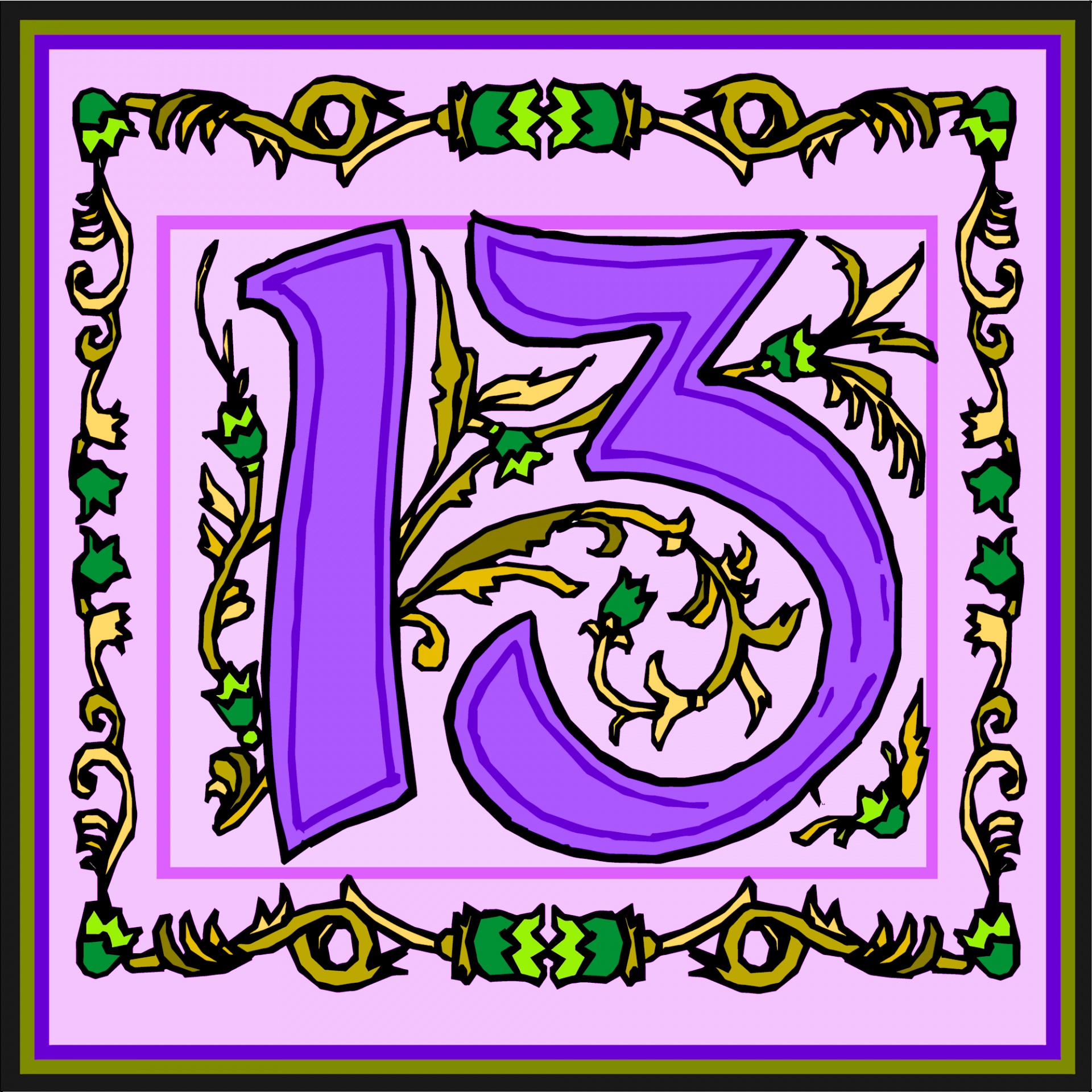In the realm of tarot, the Thirteenth card, commonly known as Death, evokes a spectrum of reactions — from fear to fascination. However, when examining this card through a Christian lens, a profound shift in perspective unfolds, revealing a deeper understanding of transformation and renewal.
The Death card primarily signifies metamorphosis rather than a grim finality. This notion is particularly poignant in Christian doctrine, which emphasizes the cyclical nature of life, death, and resurrection. For many Christians, the very essence of faith rests on the promise of rebirth; thus, interpreting the Death card offers invaluable insights interwoven with biblical themes.
First, consider the inevitability of change. Life, in its myriad forms, is characterized by a continual process of evolution. Ecclesiastes 3:1 states, “To everything, there is a season, and a time to every purpose under heaven.” This sentiment encapsulates the Death card’s essence, inviting us to embrace the transitions that inevitably affect our lives. Just as seasons shift, so do our circumstances and, indeed, our very selves. Recognizing that change can herald new beginnings rather than endings is critical in this interpretation.
Secondly, the notion of sacrifice resonates deeply within Christianity. The act of laying down one’s life for a greater purpose exemplifies the ultimate transformation. In Christianity, this is epitomized through the crucifixion and resurrection of Jesus Christ, a pivotal event that underscores the significance of death not as a conclusion but as a precursor to life everlasting. Similarly, the Death card encourages individuals to relinquish outdated beliefs or detrimental relationships that hinder spiritual growth, facilitating a sublime journey towards rejuvenation.
In addition, the symbolism associated with the Death card warrants further exploration. Traditionally, the imagery depicts a skeletal figure brandishing a scythe, often traversing through a landscape filled with various elements of life and decay. The juxtaposition of death and vitality invites reflection on the dualities present in existence. The Christian perspective acknowledges that death is intrinsically linked with the resurrection. Indeed, one must confront mortality to fully appreciate the sanctity of eternal life.
Moreover, the card evokes themes of purification and rebirth. In Romans 6:4, it is written, “We were therefore buried with him through baptism into death in order that, just as Christ was raised from the dead through the glory of the Father, we too may live a new life.” Here, the connection between Christ’s death and the believer’s own transformative journey becomes evident. The Death card suggests that through acknowledging and confronting our inner struggles, we can transcend our limitations, emerging renewed and invigorated.
The card also invites contemplation of our spiritual path. Drawing the Death card can be perceived as a nudge to assess one’s life choices critically. Are we merely existing, or are we thriving in our spiritual journeys? By contemplating the areas requiring change, individuals may find clarity about their divine purpose. This introspective journey aligns with the Christian tenet of seeking God’s will, a practice that promises profound insight and guidance.
Further, the significance of letting go cannot be overstated. Many spiritual traditions, including Christianity, emphasize the importance of relinquishing attachments that no longer serve us. In Matthew 16:24, Jesus instructs, “If anyone would come after me, let him deny himself and take up his cross.” This notion of self-denial parallels the transformative energy of the Death card, reminding us that personal sacrifice often leads to spiritual enlightenment and deeper communion with God.
Additionally, the Death card challenges believers to confront their fears of the unknown. The fear of cessation can often stifle growth, yet embracing the uncertainties that accompany change can impart remarkable resilience. Just as Christ encouraged his disciples to trust in God’s plan — even amidst turmoil — so too does the Death card remind us of the potential that lies in surrendering to the divine flow of life.
To engage with the Thirteenth card from a Christian viewpoint is to cultivate resilience in the face of adversity. Embracing change demands courage, and through faith, believers are equipped to navigate the tumultuous waters of transformation. The protective grace of God assures that every form of death, whether literal or metaphorical, is imbued with the promise of divine renewal.
In conclusion, the Death card serves as a powerful emblem of transformation, urging individuals to seek understanding through the lens of Christian faith. By reframing perceptions around death and metamorphosis, the card becomes a reminder of life’s sacred ebb and flow. The promise it holds is the assurance of hope, renewal, and divine guidance as one navigates the complexities of existence. In embracing these themes, Christians are invited into a richer understanding of their spirituality, allowing the profound wisdom of the Thirteenth card to resonate deeply within their journeys.









Leave a Comment